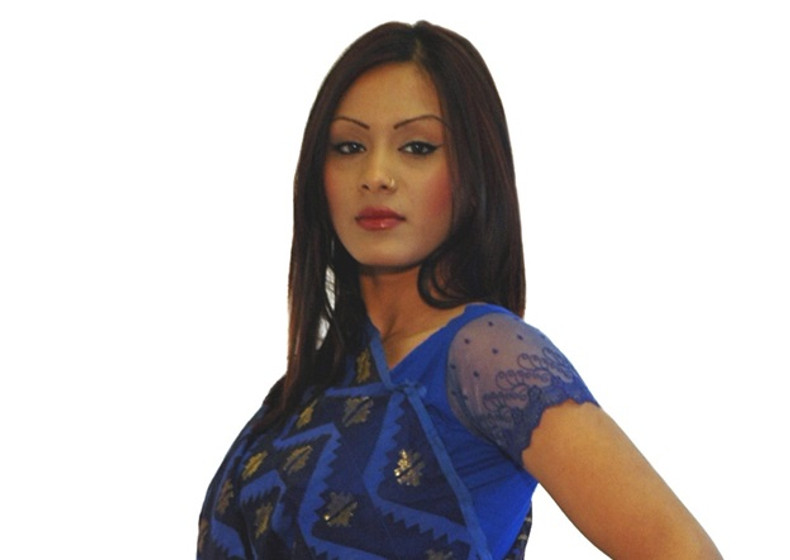Jamdani Weaving Communities
Once adored by the Sultans and Nawabs, Jamdani, the descendant of ancient fine muslin cloth, still remains the pride of Dhaka in Bangladesh. Yet, with all its fame and glorious journey through centuries, the splendid cloth faces a few stumbling blocks that threaten its existence.
Historically, the area around Dhaka and Narayanganj has always been the hub of handlooms. The surrounding area grew the finest quality cotton, Karpash, the key ingredient for weaving Jamdani.
Besides, the aesthetic senses of the royal patrons helped Jamdani weavers make the embroidered fabrics with eye-catching design.
Still the villages in Rupganj, Araihazar, Sonargaon, Shiddhirganj and other places around the Shitalakhya remain the main Jamdani-making belt. Weavers in many other places in the country and in West Bengal tried to make Jamdani, but what they made were not comparable to that made by the weavers of Dhaka.
Jamdani Handlooms
 Jamdani is hand-woven in old-fashioned bamboo looms set up in a shallow trench. One specialty of Jamdani loom is that it does not make any sound while weaving. Artisans use a throw shuttle locally known as maku to weave the intricate fabric. With the choreography of a nifty hand the throw shuttle goes from one end to the other, interweaving the threads, creating and recreating the motifs with precision.
Jamdani is hand-woven in old-fashioned bamboo looms set up in a shallow trench. One specialty of Jamdani loom is that it does not make any sound while weaving. Artisans use a throw shuttle locally known as maku to weave the intricate fabric. With the choreography of a nifty hand the throw shuttle goes from one end to the other, interweaving the threads, creating and recreating the motifs with precision.
In the beginning it was produced only in whites, later with black, grey and straight golden line borders. Colours appeared in the 19th century.
A very remarkable feature of Jamdani is the designs are never sketched or outlined. Jamdani designs are made while the fabric is still on the loom, inserted by hand during the process of weaving, producing the effect of embroidery.
Another important character of Jamdani sari is the motifs, mostly floral, are of geometric shape, and the sari is embossed with the design often in a diagonal form.
Jamdani Saree Design
 Traditional variety of motifs include ‘Butidaar’ in which a spray of small floral patterns ornate the sari. When the floral patterns diagonally spread all over the fabric it is called ‘Tercha’. Ornamentation with a network of floral motifs is called ‘Jhalar or Jaal’ as it spreads like a net. Then there is Phulwar and the one with large flower called the ‘Toradar.’ Most prized among all motifs is the ‘Panna Bazar’ or the ‘Thousand Emeralds’.
Traditional variety of motifs include ‘Butidaar’ in which a spray of small floral patterns ornate the sari. When the floral patterns diagonally spread all over the fabric it is called ‘Tercha’. Ornamentation with a network of floral motifs is called ‘Jhalar or Jaal’ as it spreads like a net. Then there is Phulwar and the one with large flower called the ‘Toradar.’ Most prized among all motifs is the ‘Panna Bazar’ or the ‘Thousand Emeralds’.
Neatly cut yarn from the finest quality Karpash is the key element to weave a perfect piece of Jamdani. In the olden day’s only young women below the age of 18 used to cut the yarn with their soft fingers. The most appropriate time for making the yarn is early morning as the air then carried the highest moisture.
Daccai Jamdani, because of its intricate patterns it has always been the most expensive product of the Dhaka looms. Jamdanis manufactured for the Aurangzeb in the sixteenth century cost over thirty pounds, it is therefore understandable that they were meant only for the affluent nobility. To this day, the jamdani weaver is deemed the finest weaver in South Asia.

